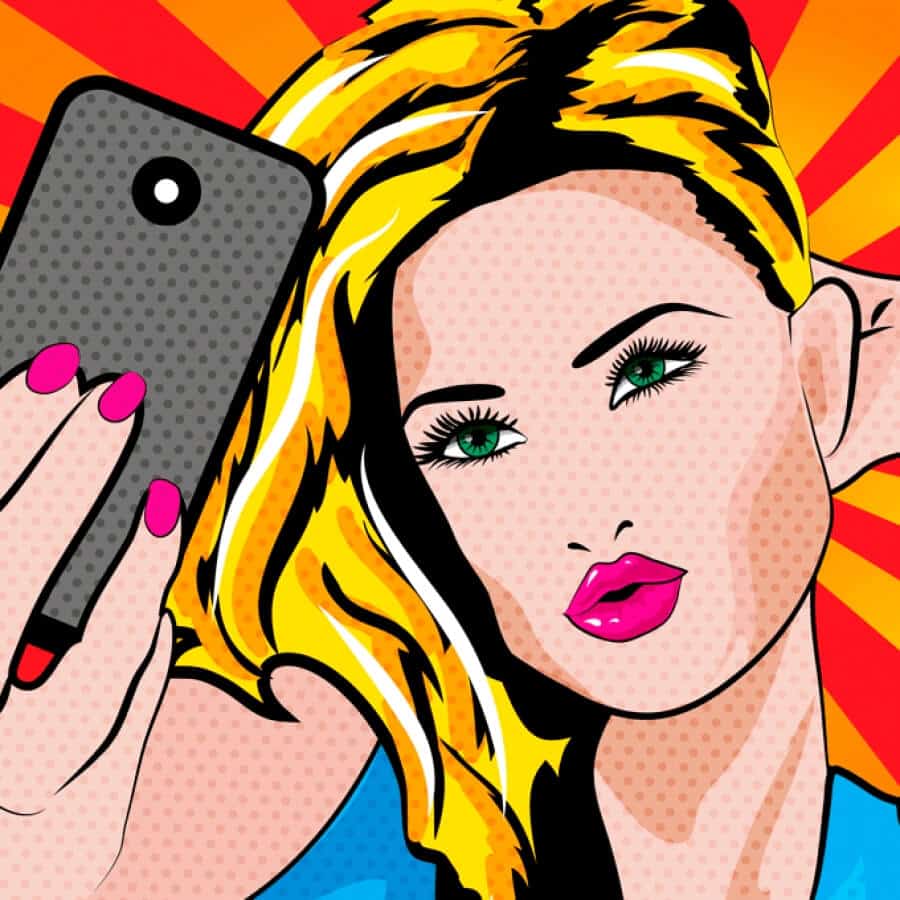The word itself is amusing and over the last few years has found its way into the Oxford dictionary. A Selfie is defined as “ A photograph that one has taken of oneself, typically one taken with a smartphone or webcam and shared via social media.”
Is it narcissism, self involvement or is there more to it? Various research studies have been conducted and it has finally been concluded that taking selfies can be classified as a real mental disorder.
According to Dr. Mark Griffiths of the psychology department of Nottingham Trent University
“A few years ago, stories appeared in the media claiming that the condition of selfies was to be classed as a mental disorder by the American Psychiatric Association. Whilst the story was revealed to be a hoax, it didn’t mean that the condition of selfies didn’t exist. We have now appeared to confirm its existence and developed the world’s first Selfies Behaviour Scale to assess the condition.”
So a good tag has been given to it, ‘Selfitis’. As most of us would agree any kind of involvement related to the self going beyond control can probably be associated with insecurity of the self, and insecurities when they go beyond control do result in psychological disorders. Although, not one to see things in black and white only, it is interesting to see how taking of selfies has been classified :
- Borderline: Taking photos of one’s self at least three times a day but not posting them on social mediav
- Acute: Taking photos of one’s self at least three times a day and posting each one on social media
- Chronic: Uncontrollable urge to take photos of one’s self round the clock and posting the photos on social media more than six times a day
Another research report says “that attention-seeking, loneliness, and self-centered behavior had a significant relationship with selfie-liking. Although initial media reports thought that selfie-taking would be a fad, it appears that the behavior has become more endemic and is a very popular activity among adolescents and emerging adults”
Many areas have been taken into account while studying the behavior of selfie takers. Most important among these are the environment within which a selfie taker lives, the pressure of social competition, the desire for attention seeking, its effect on the moods, the level of self confidence and the desire to conform to name a few.
There have always been addiction ‘disorders’ The latest decades have given rise to the addiction to technology. To begin with it was addiction to computers which later led to addiction to the internet and with the arrival of social media very ably supported by the smart phone the last two decades have just gone by without most individuals realizing how much they have fallen into the grip of the pressures generated by technology.
Taking of selfies is just one of the areas. As time goes by and by let’s see how many other ‘disorders’ we are going to experience. For the moment I avoid judging my friends and acquaintances when I see them taking selfies knowing one of the major causes is the loneliness that has been brought about by modern times.
Photo: Shutterstock
Support us!
All your donations will be used to pay the magazine’s journalists and to support the ongoing costs of maintaining the site.
Share this post
Interested in co-operating with us?
We are open to co-operation from writers and businesses alike. You can reach us on our email at [email protected]/[email protected] and we will get back to you as quick as we can.









